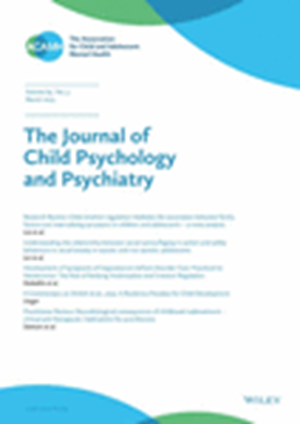Psychoneuroendocrine stress response in female and male youth with major depressive disorder
Abstract
Background
Exposure to psychosocial stress is one of the strongest risk factors for major depressive disorder (MDD) in youth, but underlying neurobiological mechanisms are poorly understood. Previous studies on the neuroendocrine stress response in youth with MDD are scarce, limited to cortisol, and rarely considered sex differences. Due to puberty-associated neuroendocrine transitions increasing the risk for MDD onset in adolescence, this study aimed to investigate sex-specific stress responses of stress and sex hormones as well as of neuropeptides.
Methods
In 103 pubertal youths with MDD and 72 healthy controls (HCs; 62% females, 12–18 years), psychological stress as well as salivary cortisol, testosterone, and oxytocin reactivity to a standardized psychosocial stress test (Trier Social Stress Test, TSST) were assessed. Effects of group and sex, and their interactions were analyzed using hierarchical linear models, while controlling for potentially confounding factors (such as age and pubertal status).
Results
Females and males with MDD showed a stronger psychological stress response than HCs. In contrast, both female and male youth with MDD showed blunted cortisol, testosterone, and oxytocin stress responses compared to HCs. In addition, baseline testosterone was elevated in MDD compared to HCs.
Conclusions
Results indicate a discrepant stress reactivity in youth with MDD, with increased psychological, but decreased neuroendocrine responses to psychosocial stress. Blunted neuroendocrine stress responses in youth with MDD were found across different neuroendocrine systems and in both females and males with MDD. These novel findings point to a fundamentally changed stress response in youth with MDD irrespective of sex, which may influence successful stress regulation in the affected adolescents.




 求助内容:
求助内容: 应助结果提醒方式:
应助结果提醒方式:


